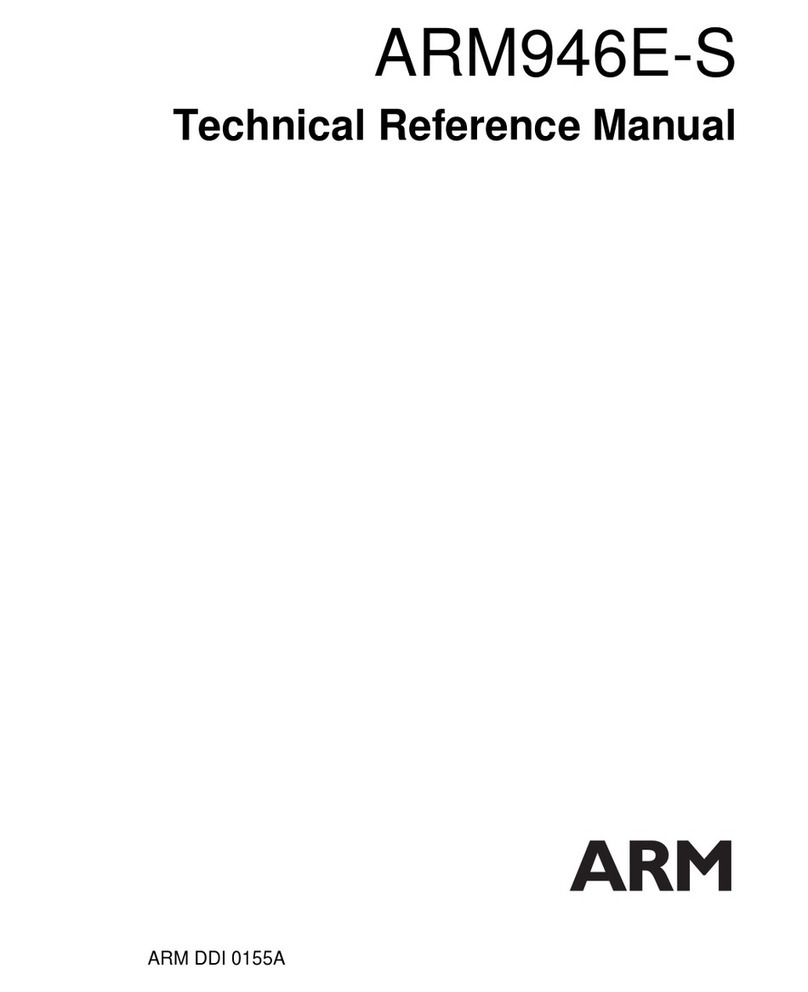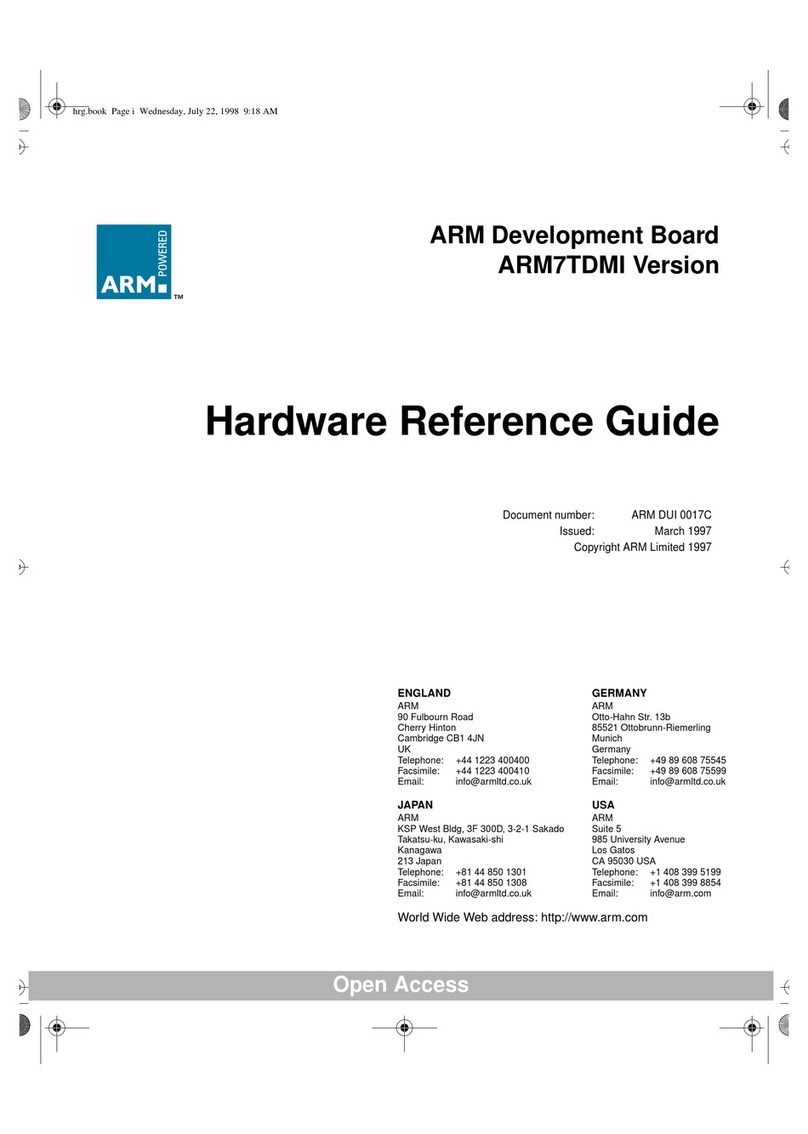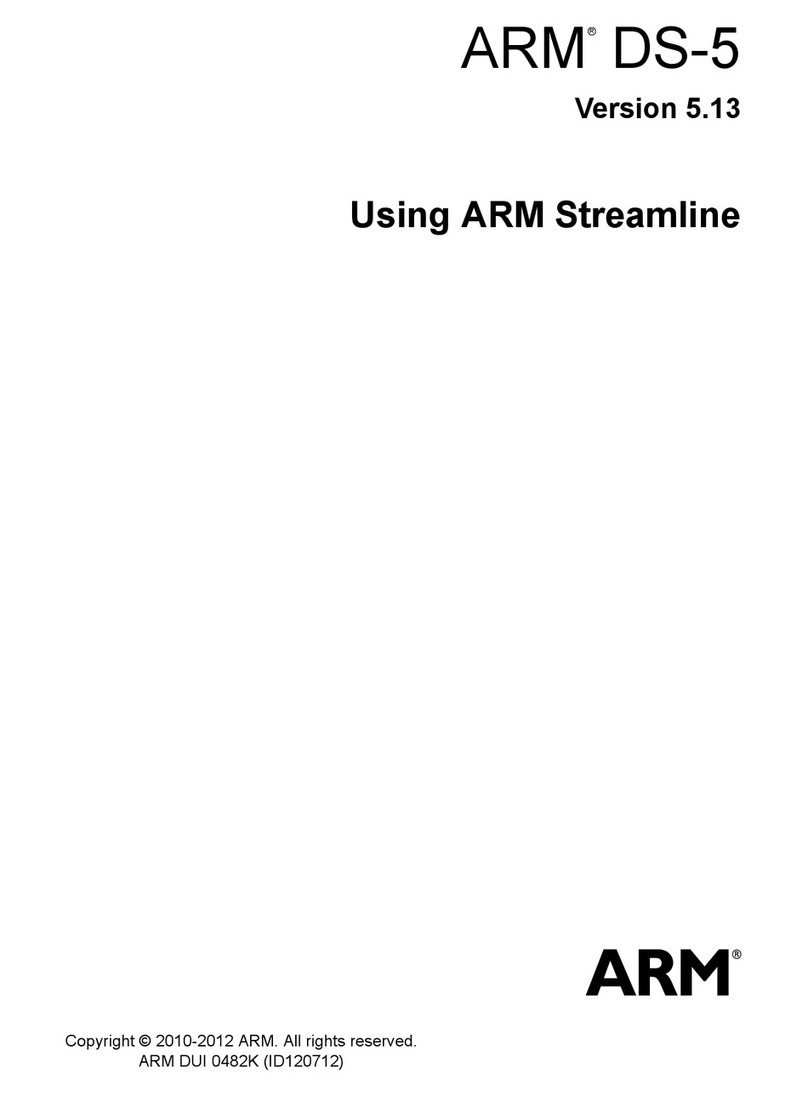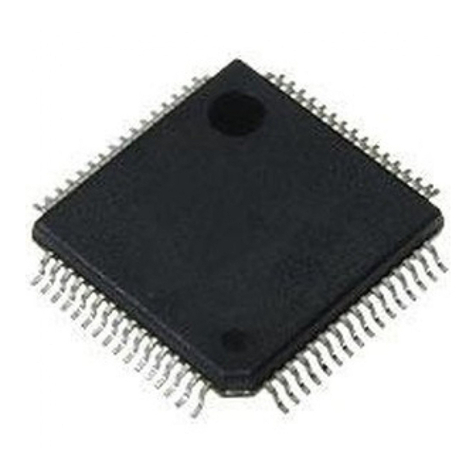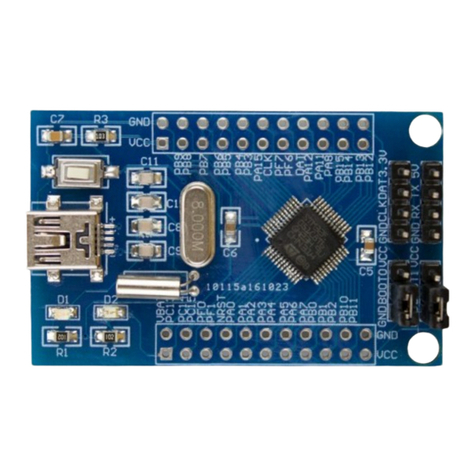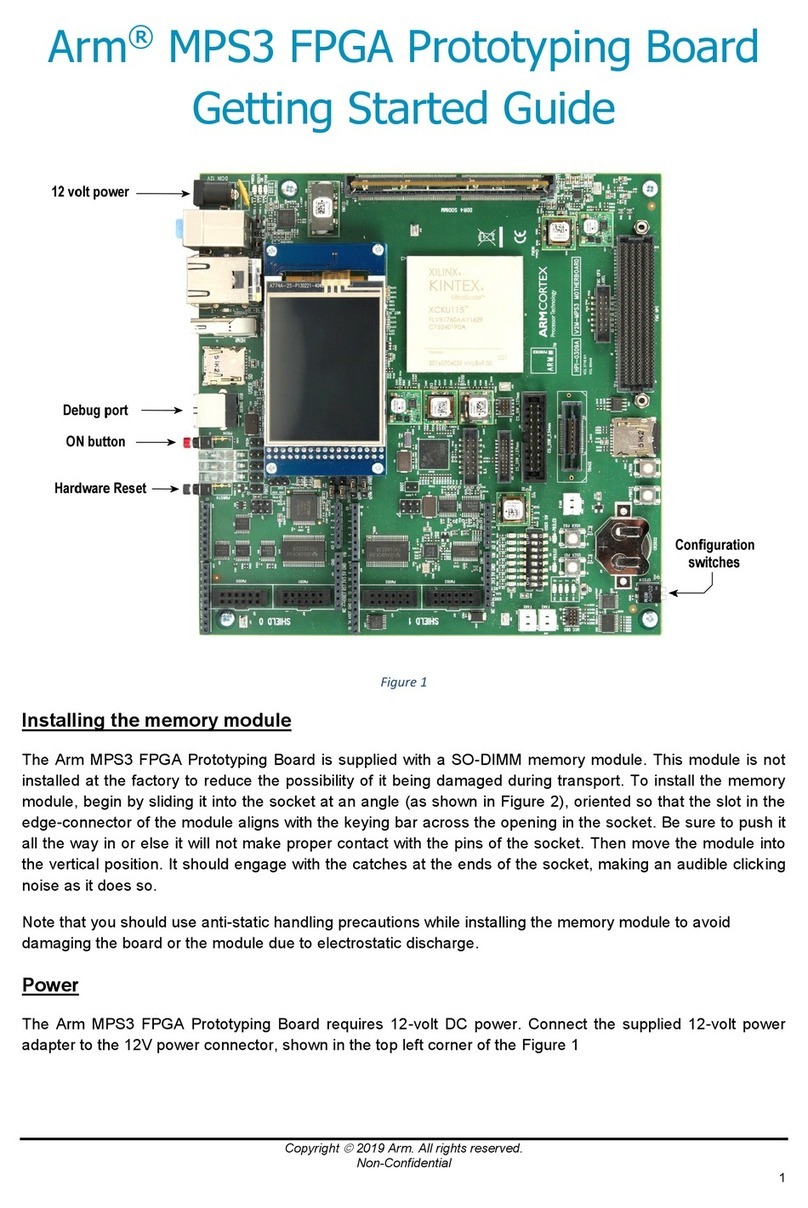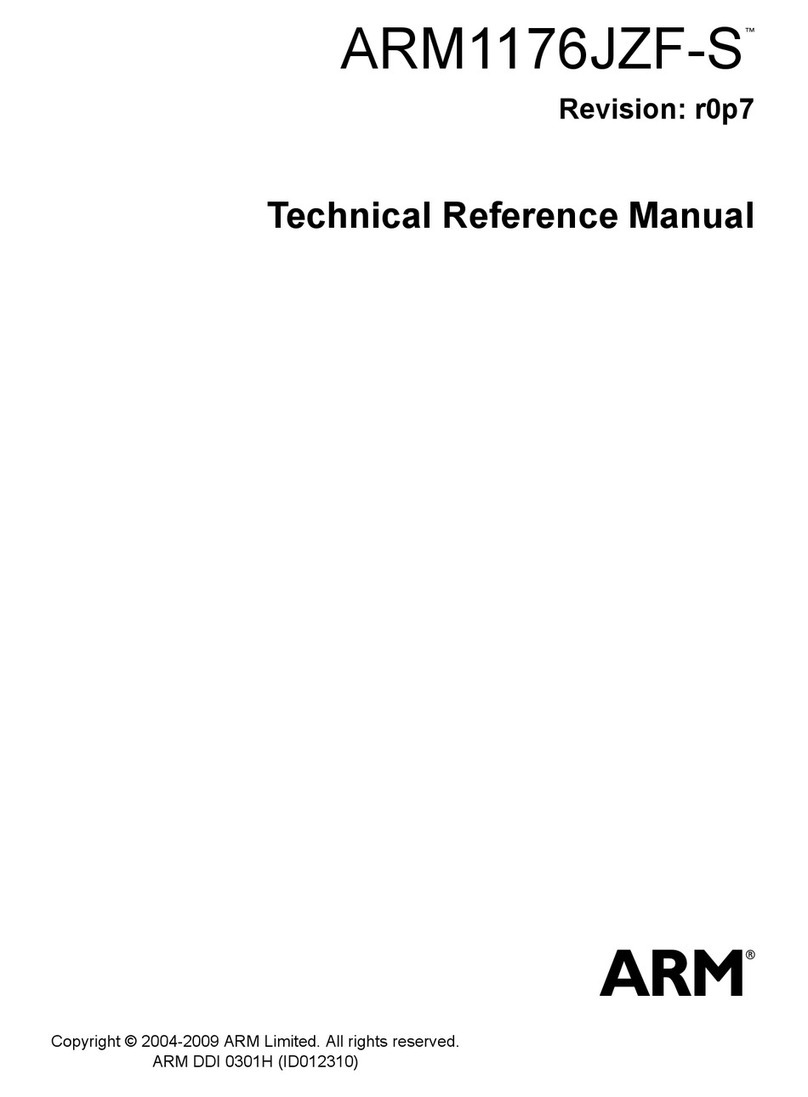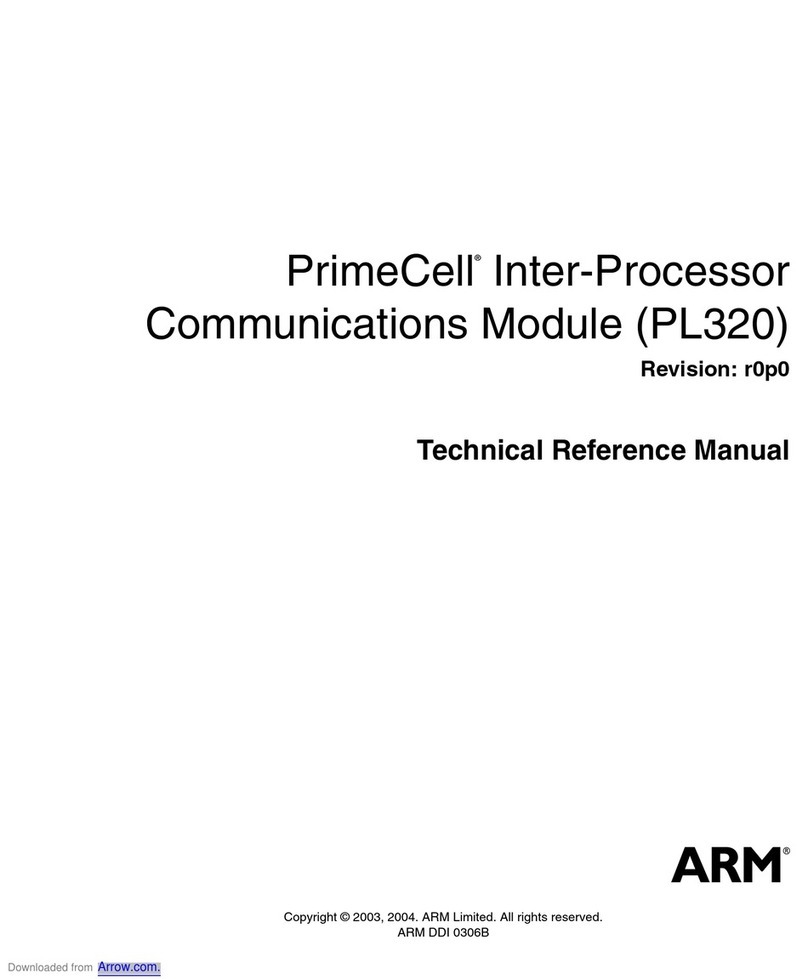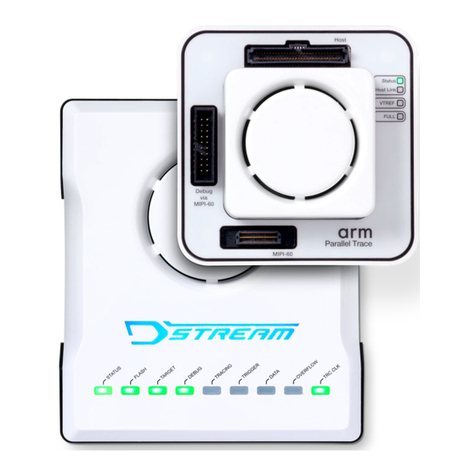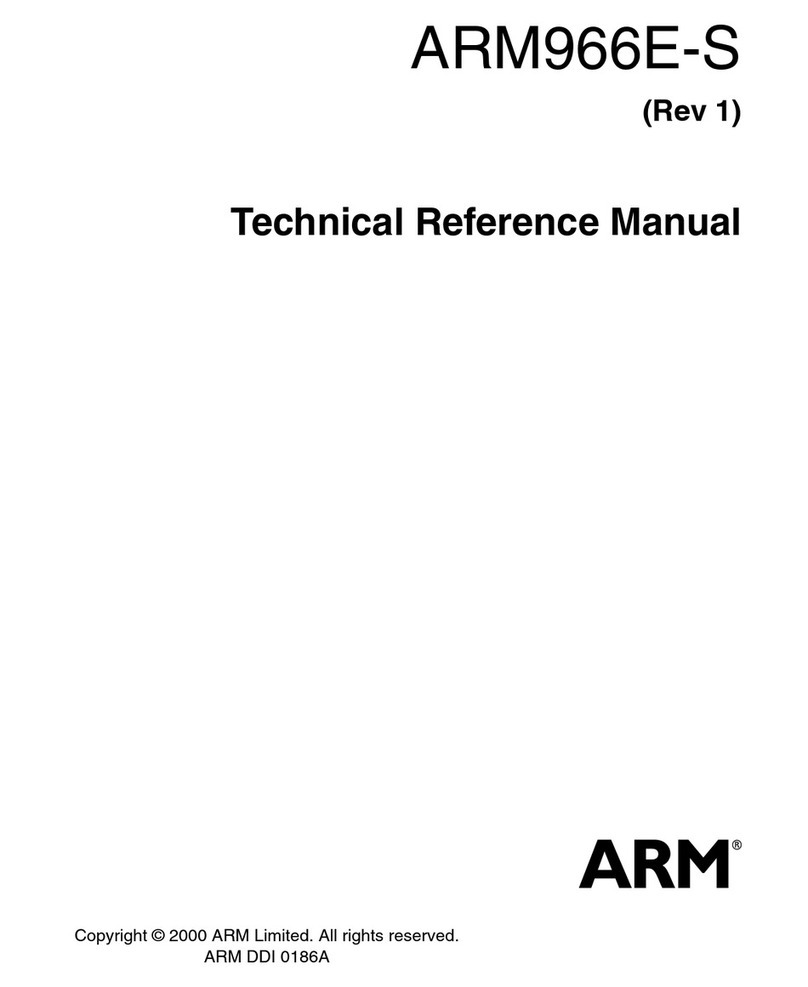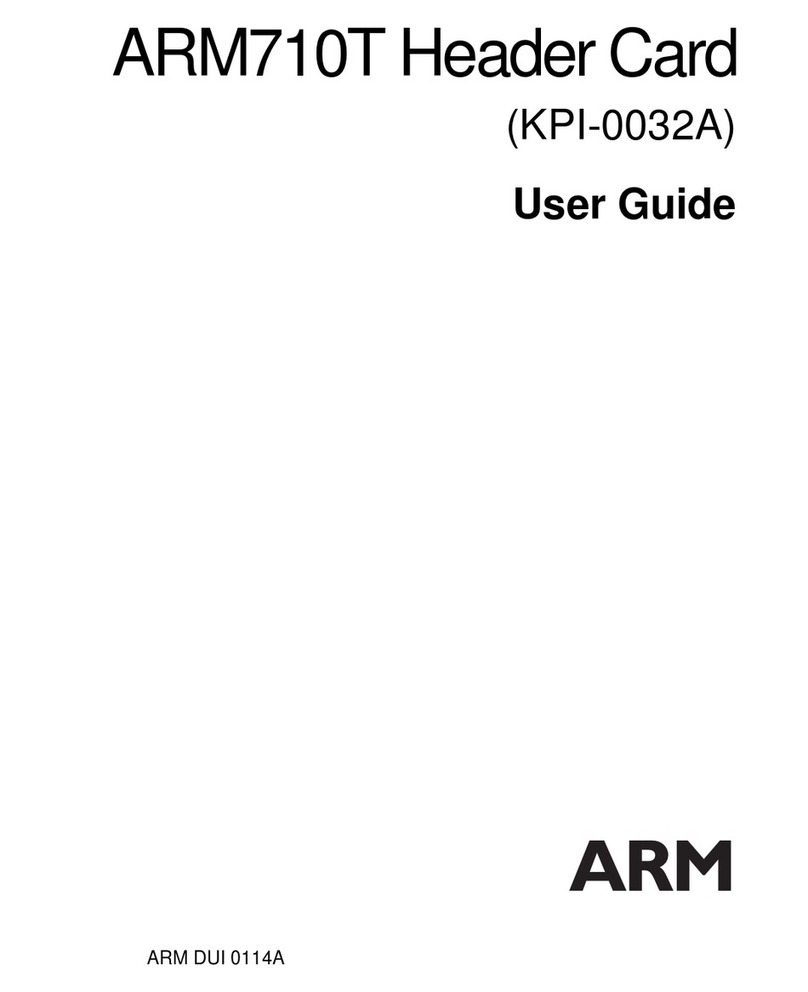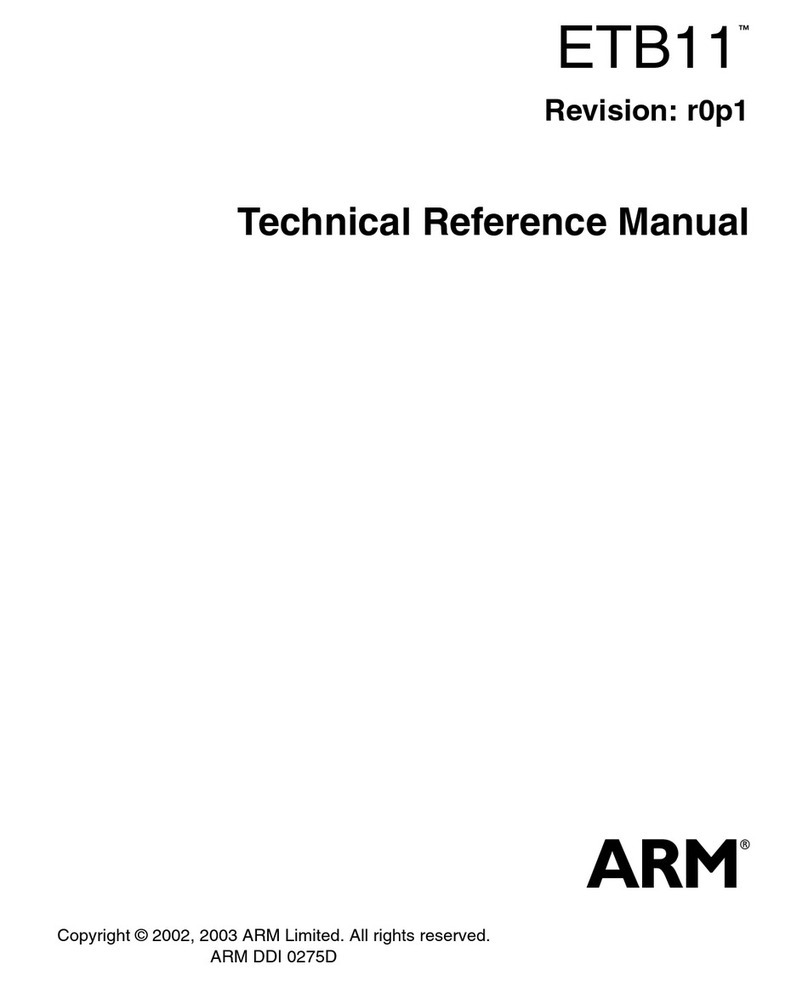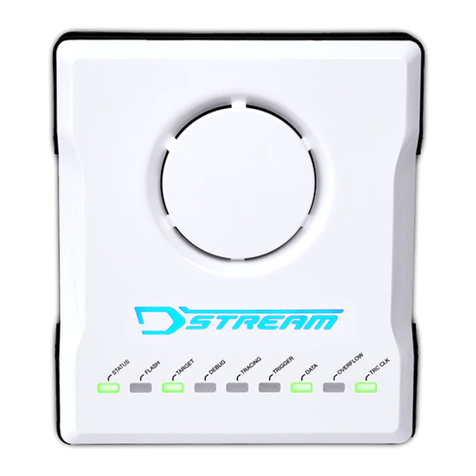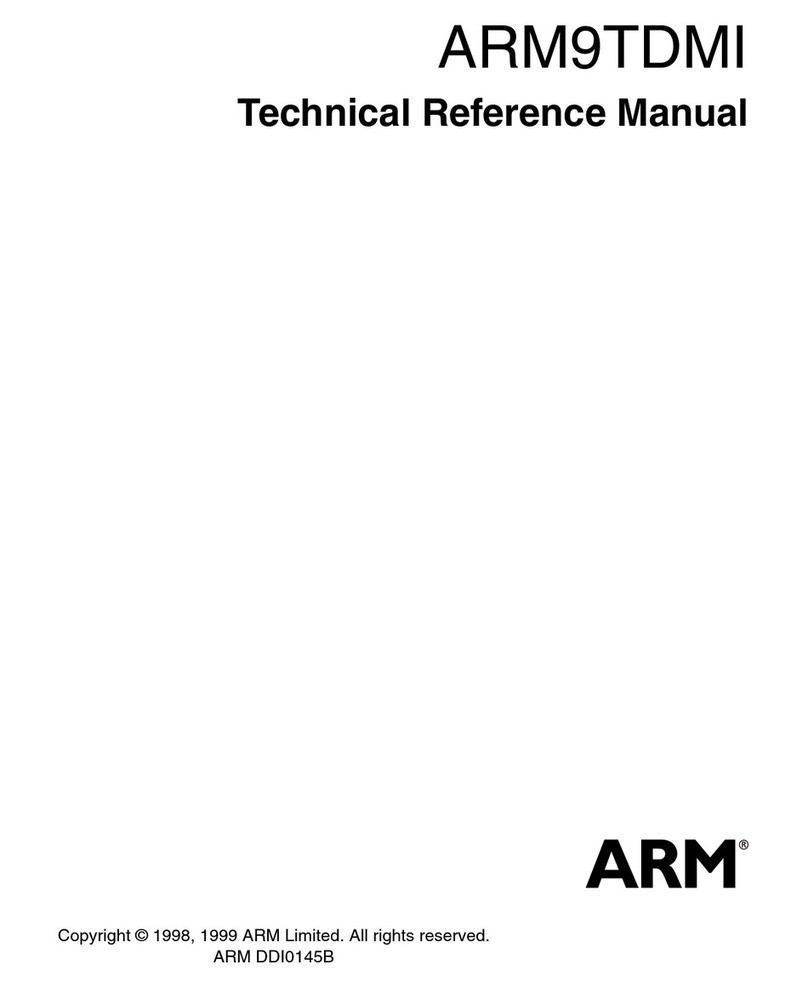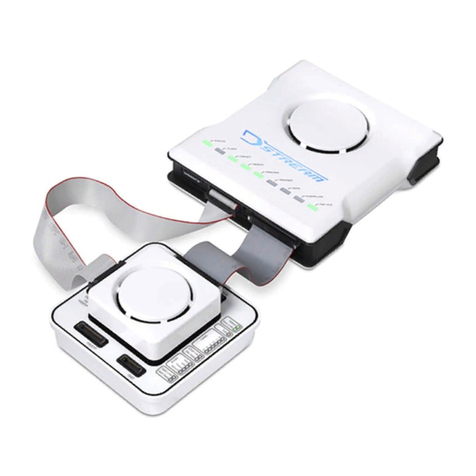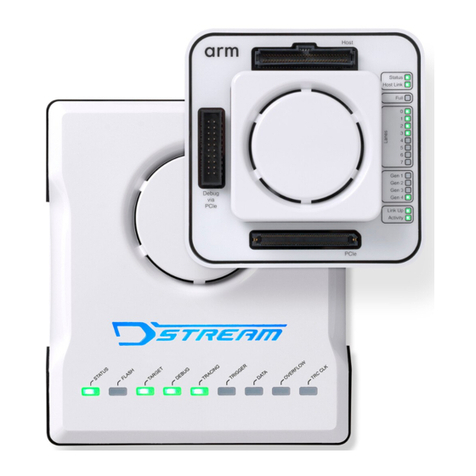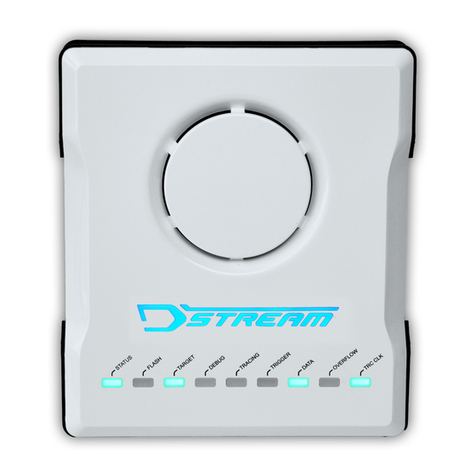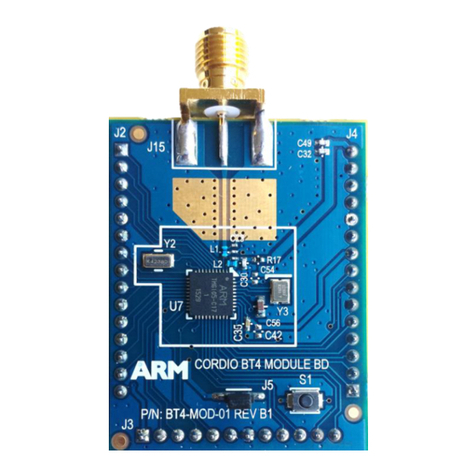
Contents
ARM DDI 0388I Copyright © 2008-2012 ARM. All rights reserved. iv
ID073015 Non-Confidential
3.7 Modes of operation and execution ........................................................................... 3-8
3.8 Memory model ......................................................................................................... 3-9
3.9 Addresses in the Cortex-A9 processor ................................................................. 3-10
Chapter 4 System Control
4.1 About system control .............................................................................................. 4-2
4.2 Register summary .................................................................................................... 4-3
4.3 Register descriptions ............................................................................................. 4-18
Chapter 5 Jazelle DBX registers
5.1 About coprocessor CP14 ......................................................................................... 5-2
5.2 CP14 Jazelle register summary ............................................................................... 5-3
5.3 CP14 Jazelle register descriptions .......................................................................... 5-4
Chapter 6 Memory Management Unit
6.1 About the MMU ........................................................................................................ 6-2
6.2 TLB Organization ..................................................................................................... 6-4
6.3 Memory access sequence ....................................................................................... 6-6
6.4 MMU enabling or disabling ...................................................................................... 6-7
6.5 External aborts ......................................................................................................... 6-8
Chapter 7 Level 1 Memory System
7.1 About the L1 memory system .................................................................................. 7-2
7.2 Security Extensions support .................................................................................... 7-4
7.3 About the L1 instruction side memory system ......................................................... 7-5
7.4 About the L1 data side memory system .................................................................. 7-8
7.5 About DSB ............................................................................................................. 7-10
7.6 Data prefetching .................................................................................................... 7-11
7.7 Parity error support ................................................................................................ 7-12
Chapter 8 Level 2 Memory Interface
8.1 About the Cortex-A9 L2 interface ............................................................................ 8-2
8.2 Optimized accesses to the L2 memory interface ..................................................... 8-7
8.3 STRT instructions .................................................................................................... 8-9
Chapter 9 Preload Engine
9.1 About the Preload Engine ........................................................................................ 9-2
9.2 PLE control register descriptions ............................................................................ 9-3
9.3 PLE operations ........................................................................................................ 9-4
Chapter 10 Debug
10.1 Debug Systems ..................................................................................................... 10-2
10.2 About the Cortex-A9 debug interface .................................................................... 10-3
10.3 Debug register features ......................................................................................... 10-4
10.4 Debug register summary ....................................................................................... 10-5
10.5 Debug register descriptions ................................................................................... 10-7
10.6 Debug management registers ............................................................................. 10-13
10.7 Debug events ....................................................................................................... 10-15
10.8 External debug interface ...................................................................................... 10-16
Chapter 11 Performance Monitoring Unit
11.1 About the Performance Monitoring Unit ................................................................. 11-2
11.2 PMU register summary .......................................................................................... 11-3
11.3 PMU management registers .................................................................................. 11-5
11.4 Performance monitoring events ............................................................................. 11-7
Appendix A Signal Descriptions
A.1 Clock signals ............................................................................................................ A-2



